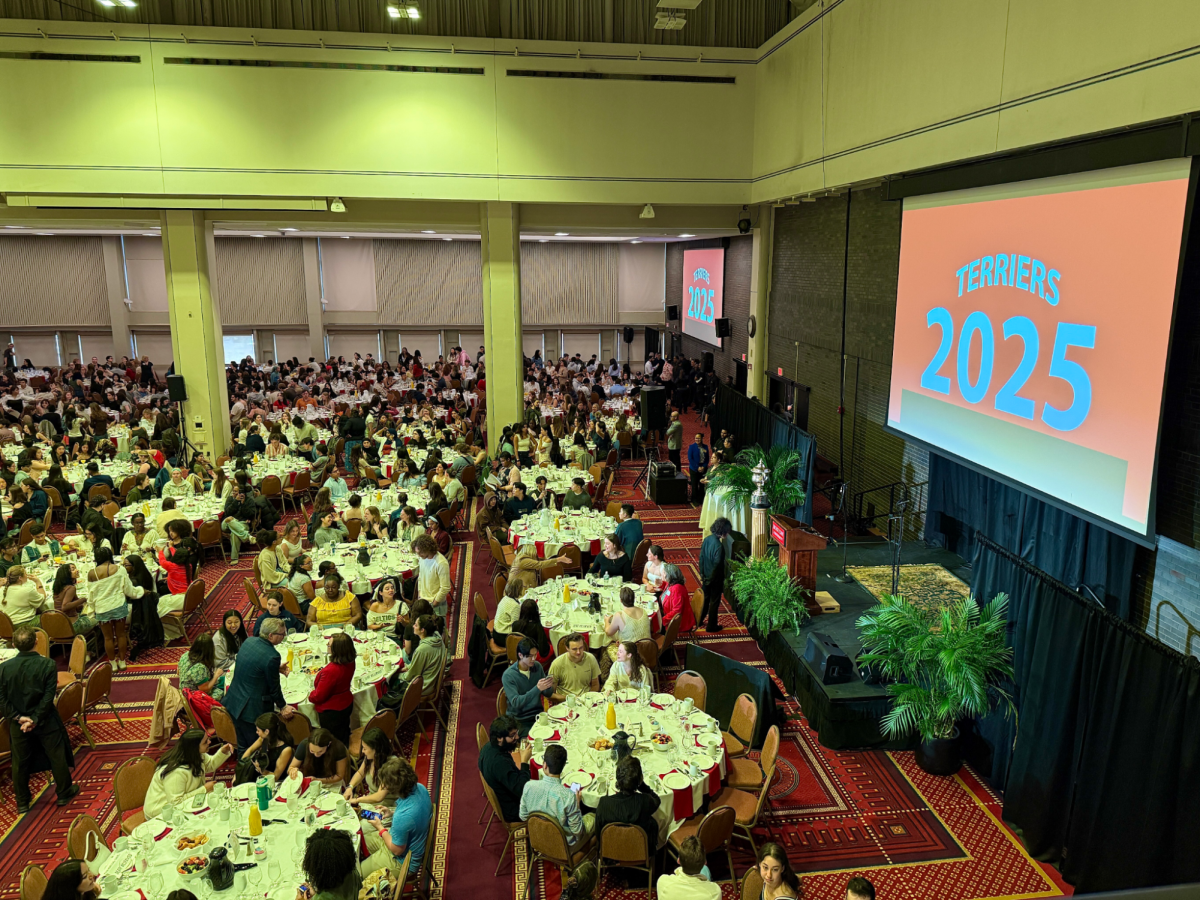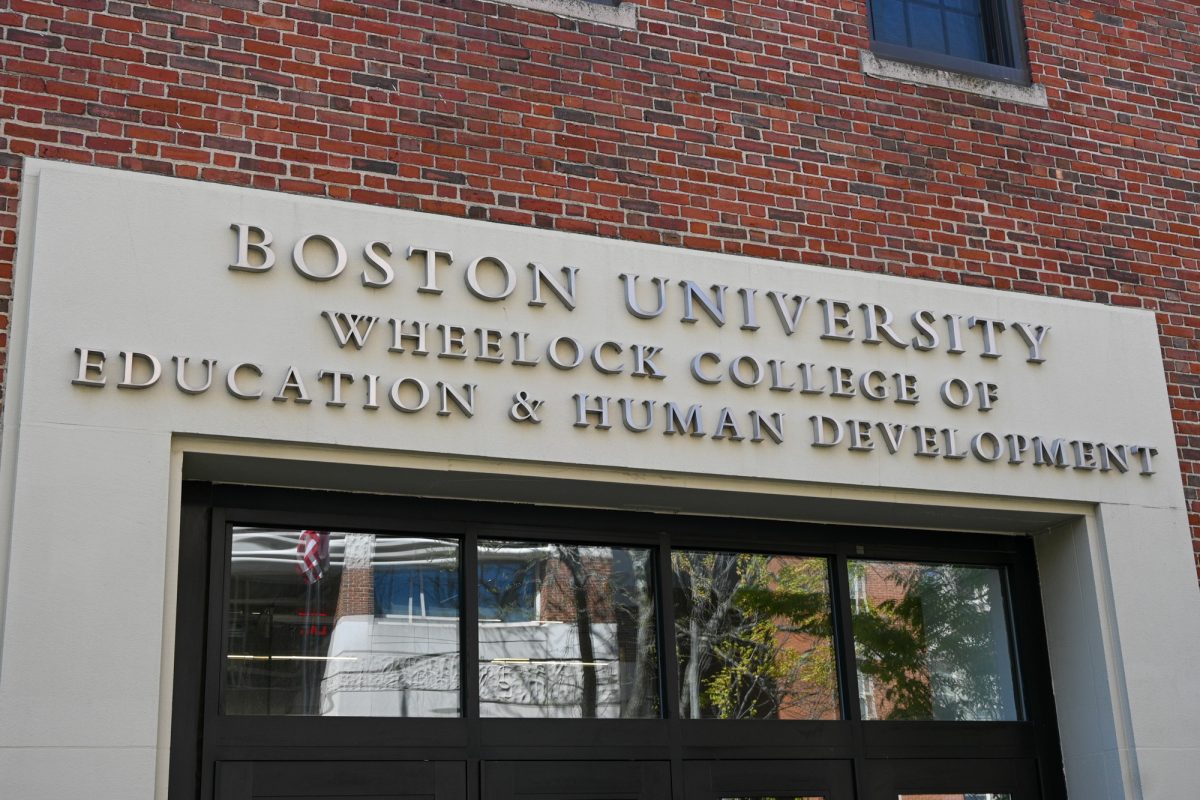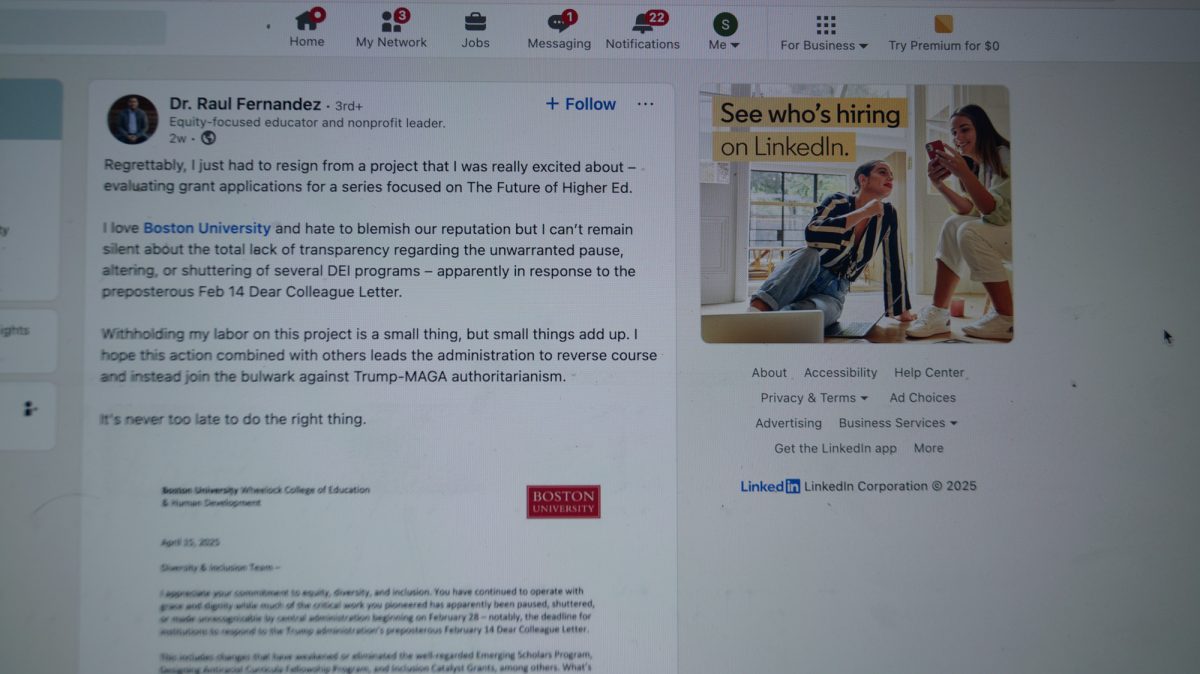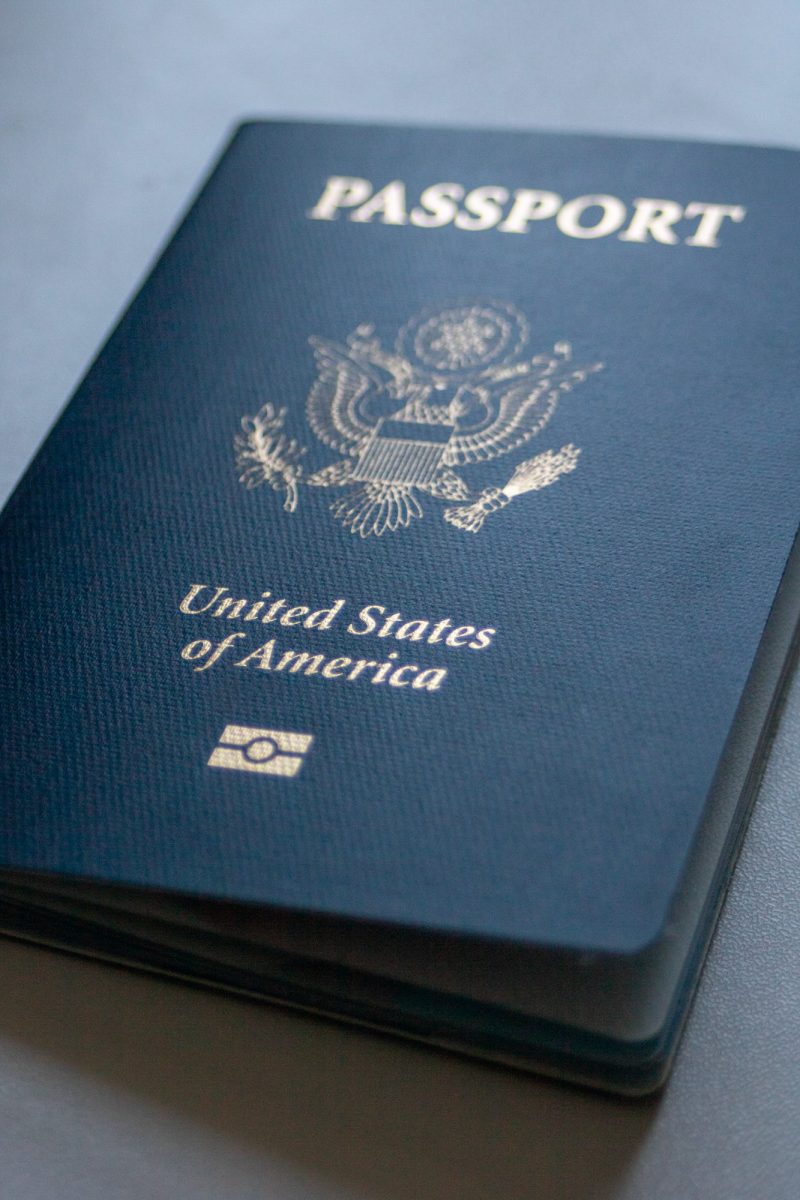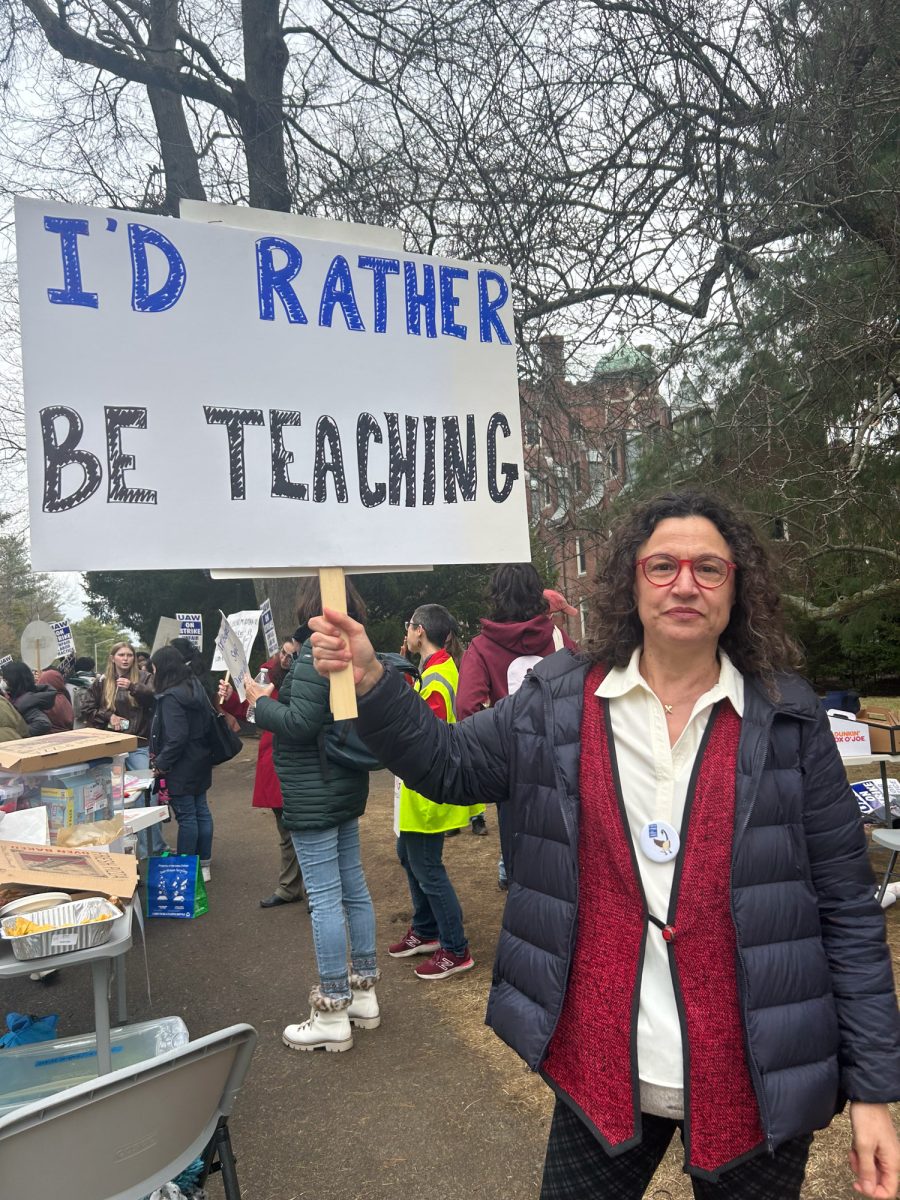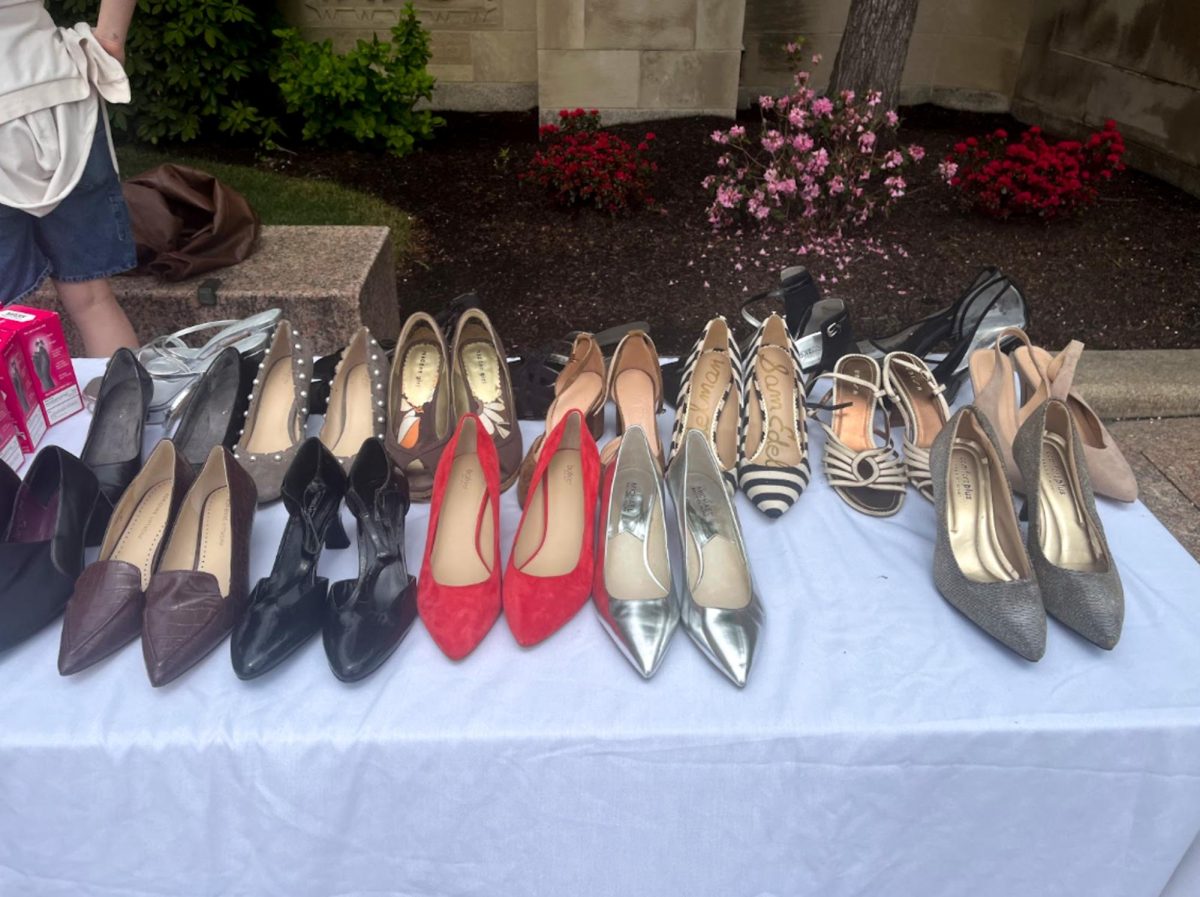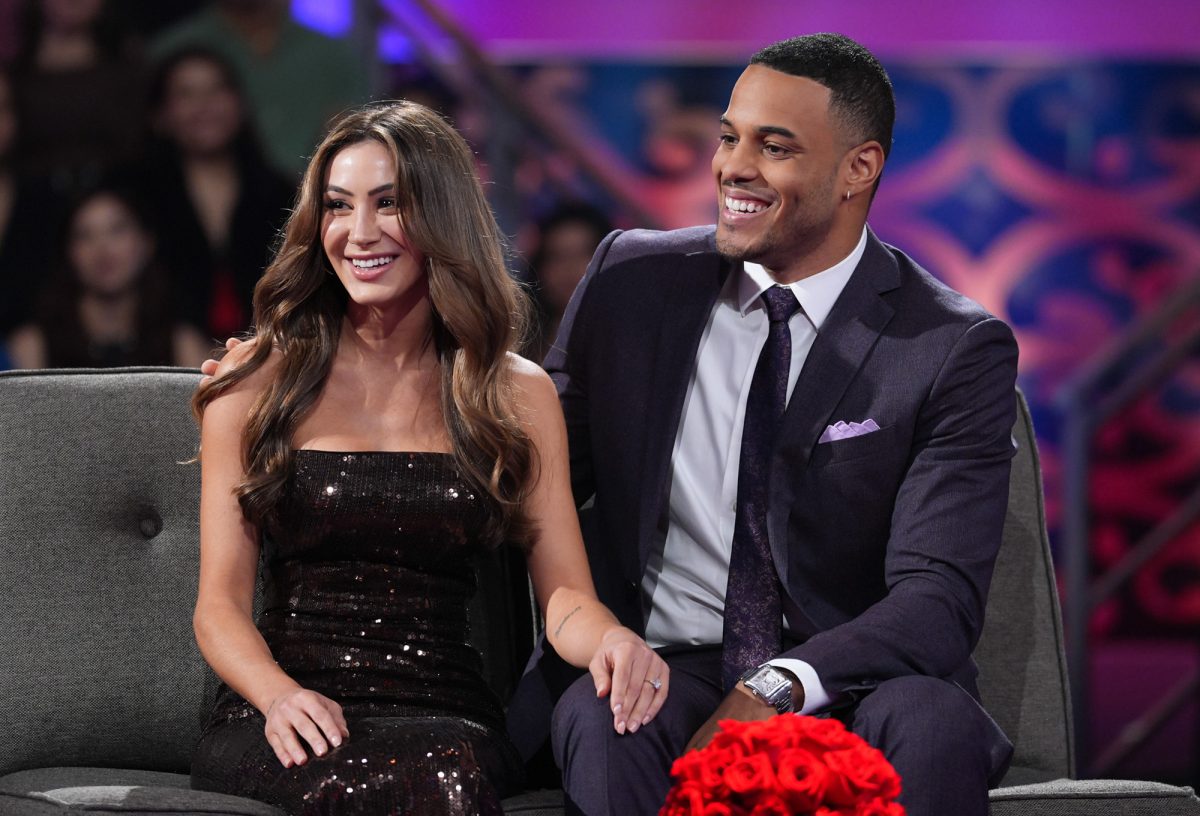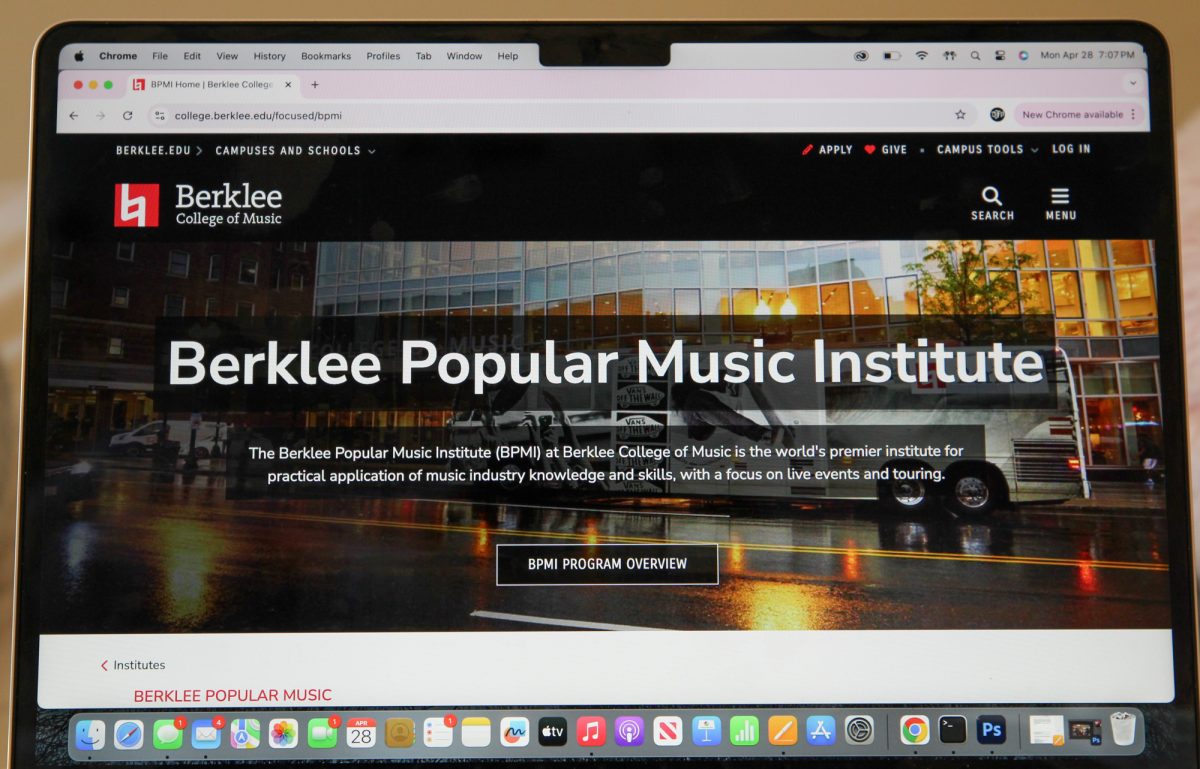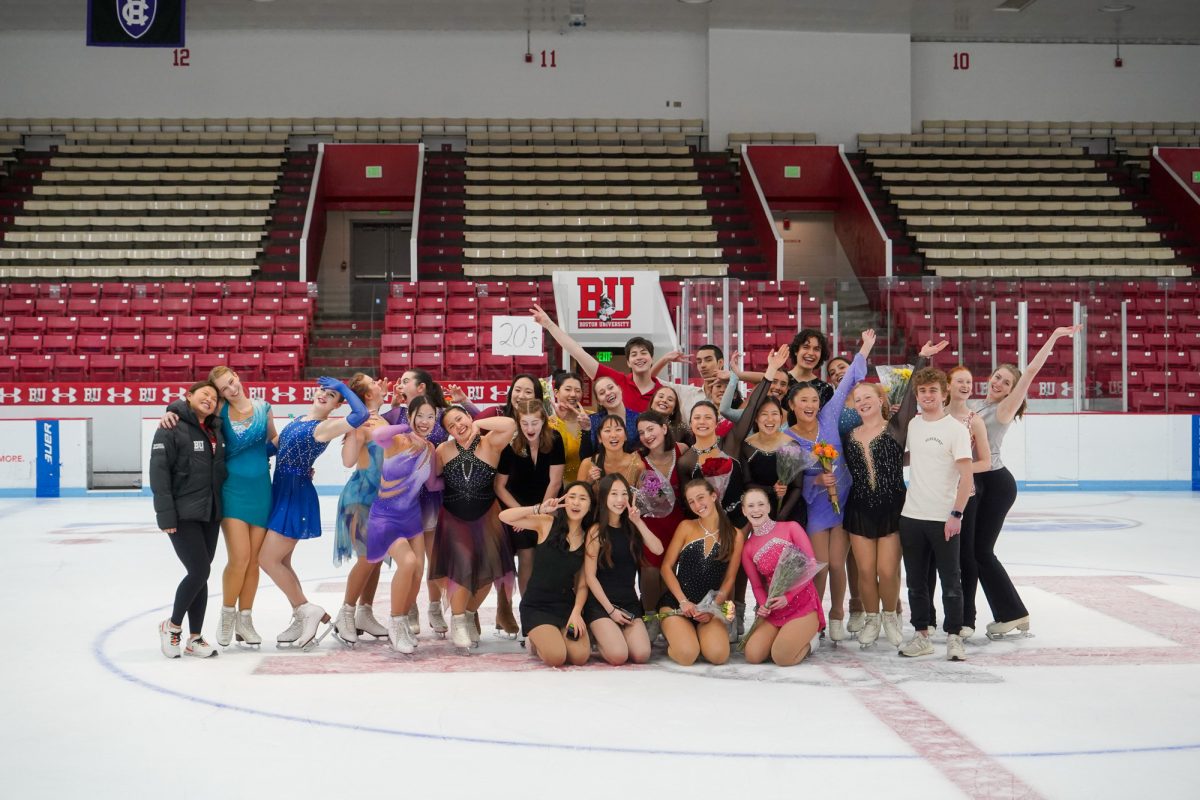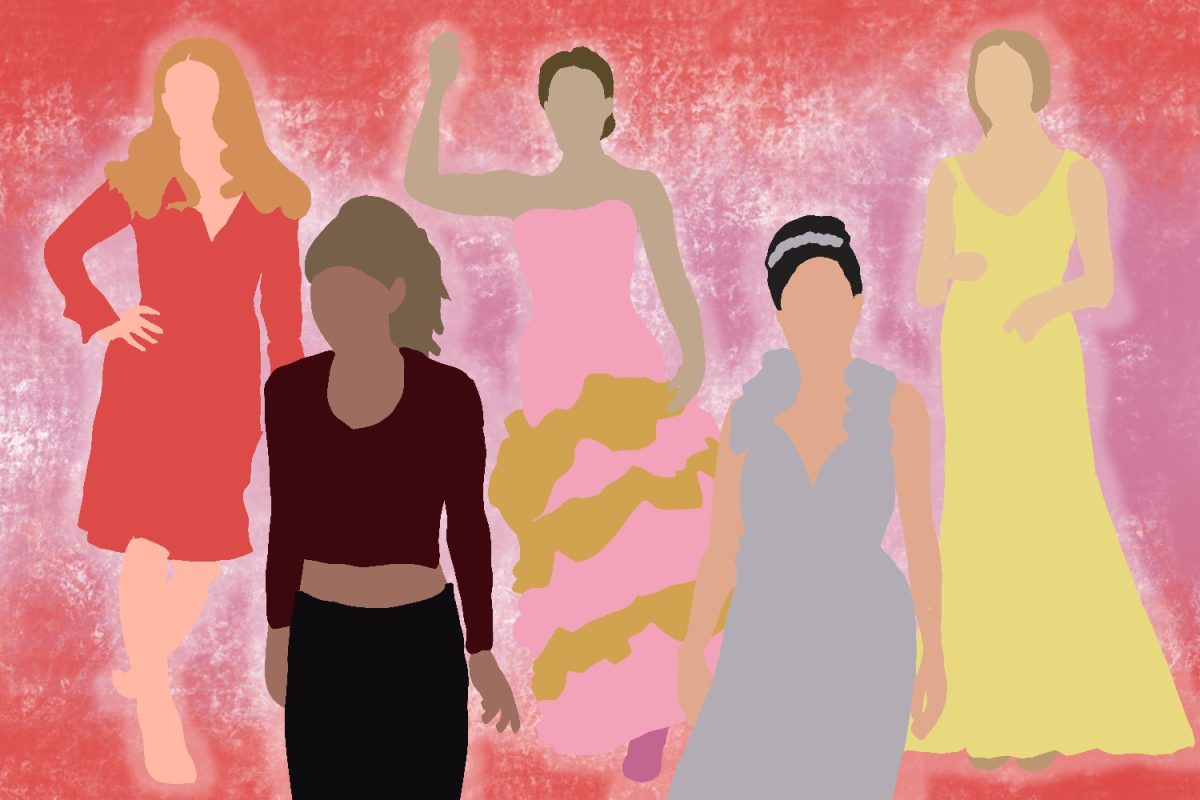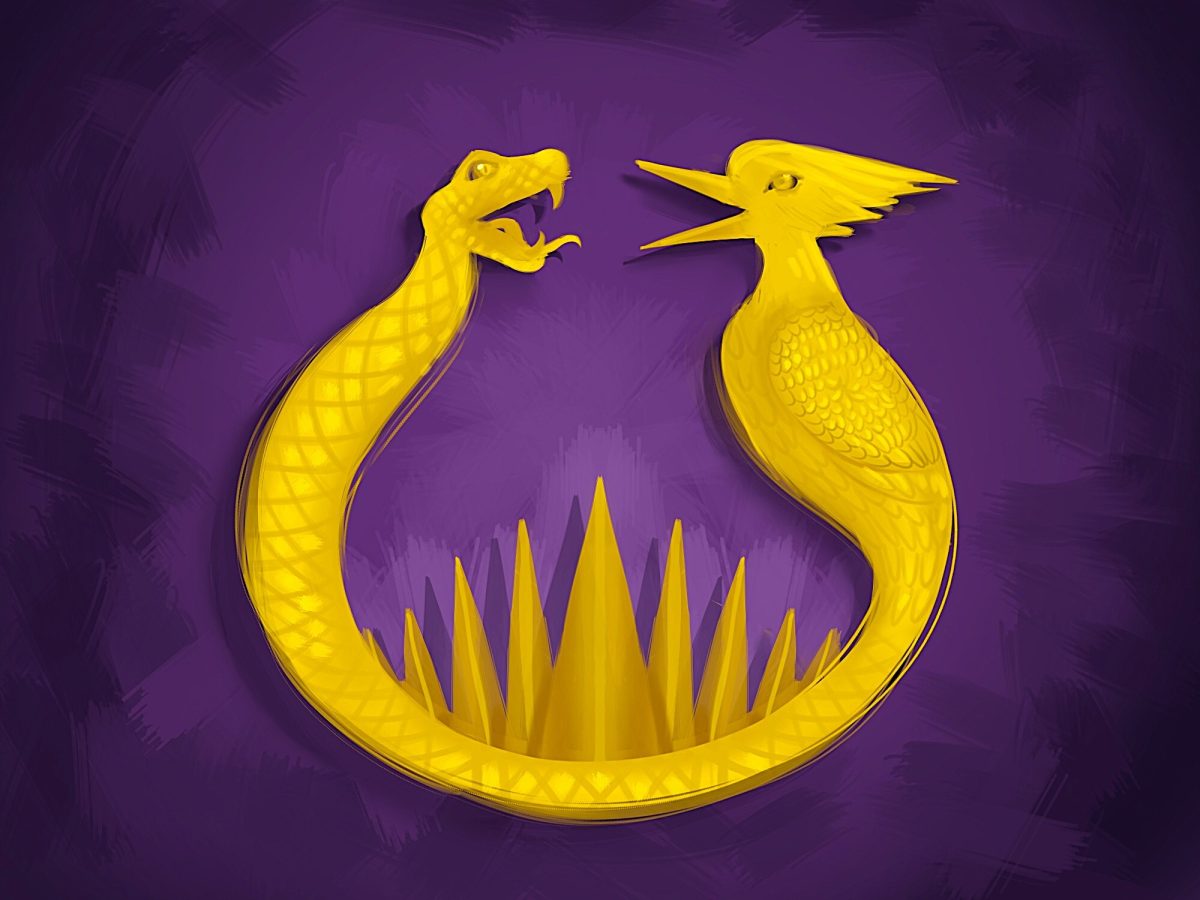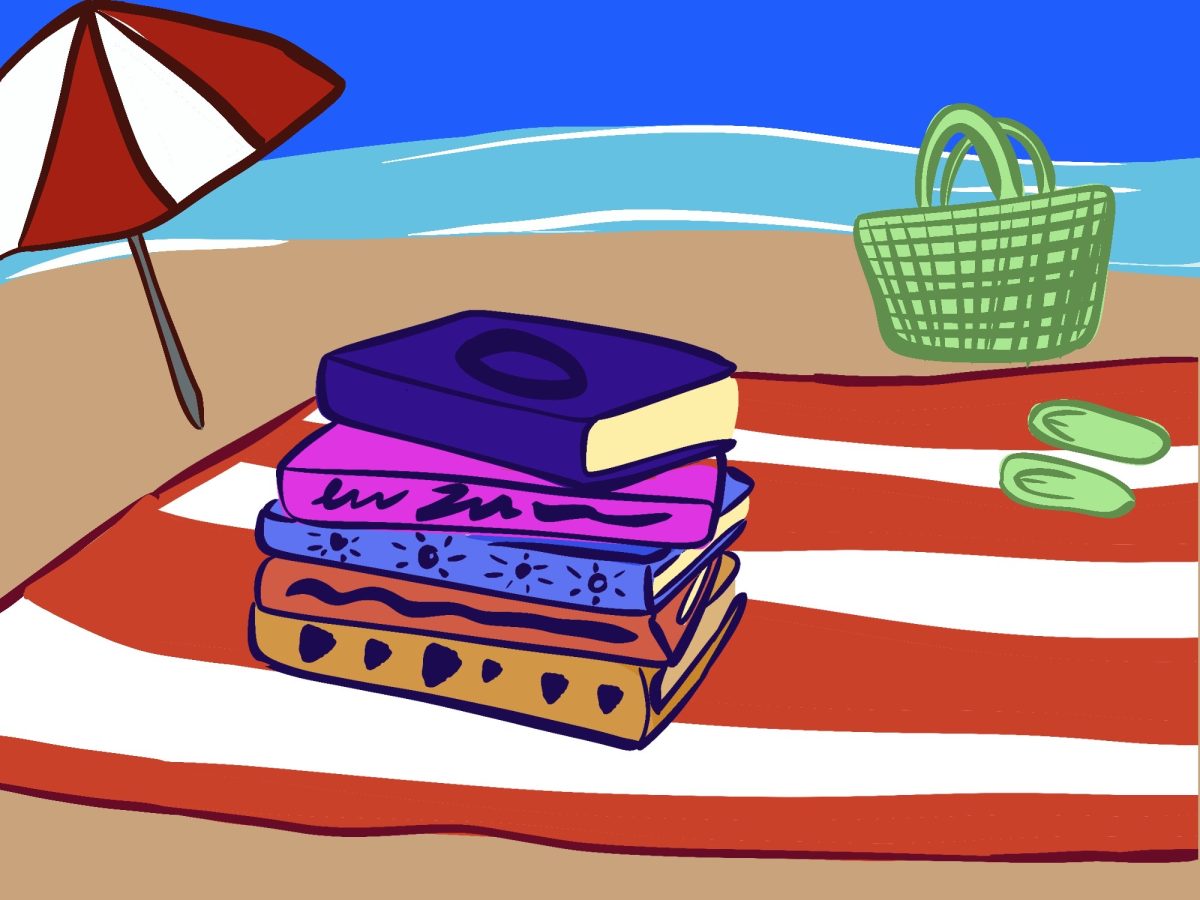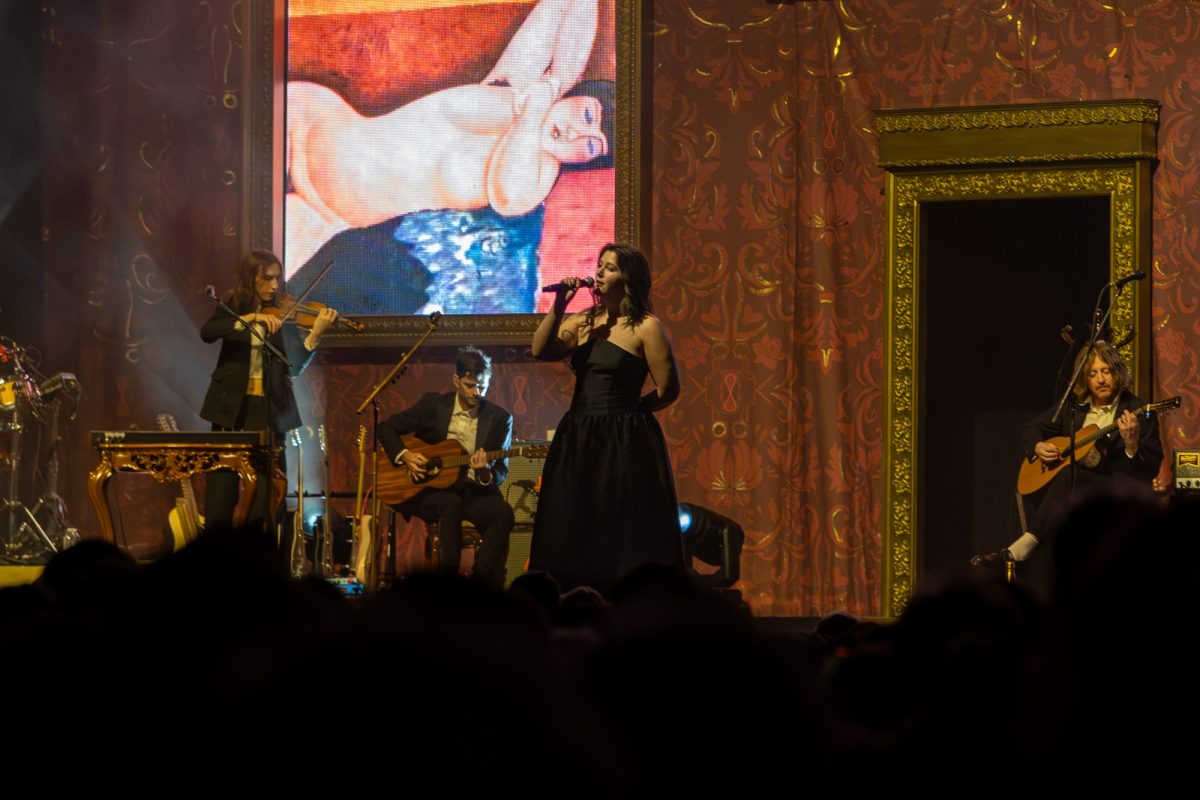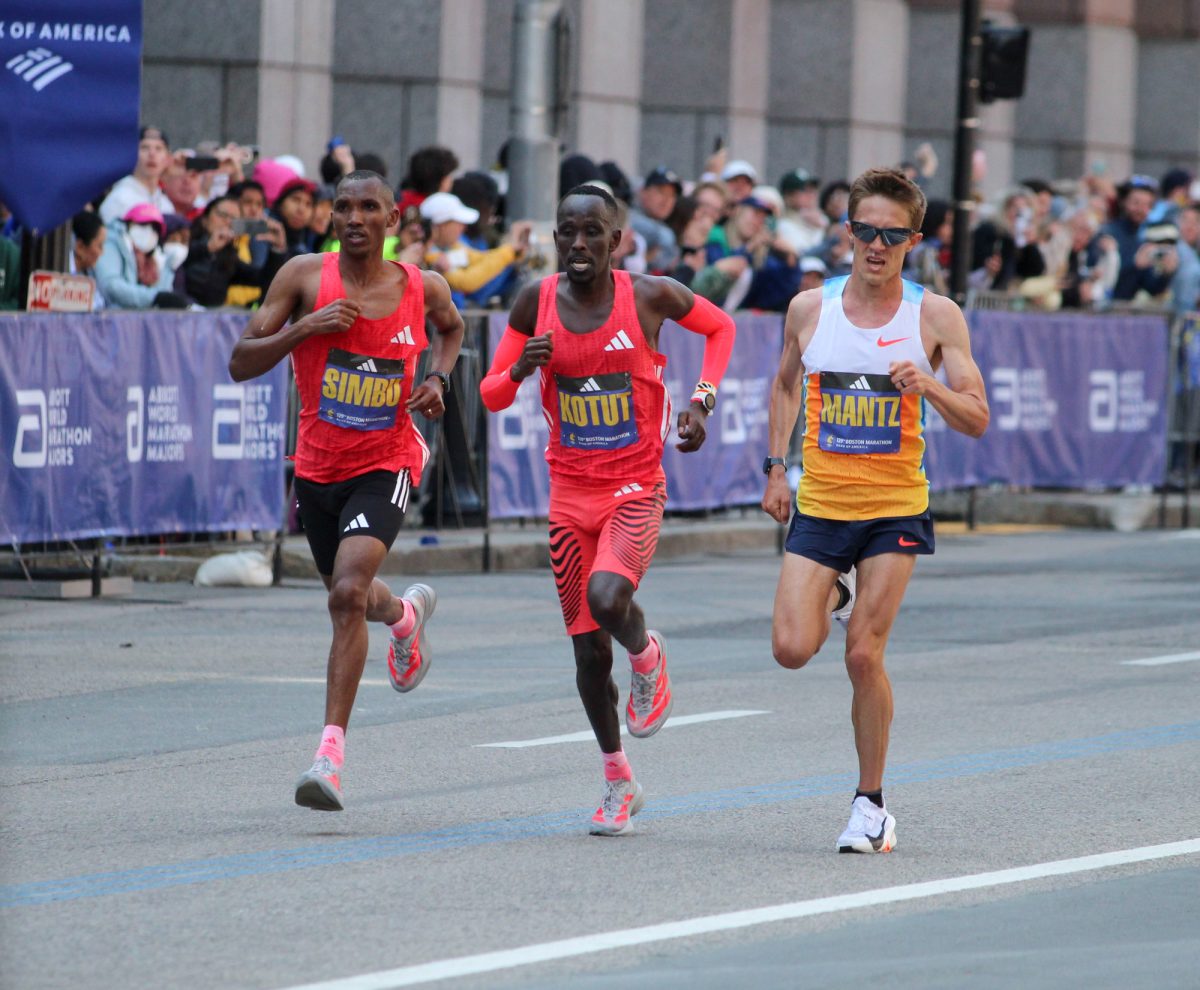The following qualify as the better sporting events I’ve had the privilege of covering:
Game Five of the 2007 Stanley Cup finals, where Anaheim fans at the Honda Center, in ecstasy after the Ducks won the championship, created the biggest din I’ve ever heard.
The banner-raising at Fenway Park in 2005, where Mariano Rivera stole the show by laughing when Sox fans cheered his introduction and some liquor-lubed leatherlung belted out “A-ROD, YOU SUCK!” in the window of quiet before the national anthem.
The 2005 Sylvania 300 at New Hampshire International Speedway, where a NASCAR race evolved into a soap opera, with drivers throwing helmets, cursing during live TNT interviews, and t-boning other cars on the racetrack.
They aren’t, however, the best.
Just under 11 years ago at the Bradley Center in Milwaukee, Boston University filled an unheard-of role in the NCAA semifinal match against Michigan: underdog.
I know what you might be thinking. These days, it seems like BU and underdog are tighter companions than Jack and Parker. But in the 1990s, when BU was pasting whipping boys like UMass-Amherst by double-digit scores and guys like Chris Drury were tooling the opposition, it was a rare game where the Terriers were projected as losers.
That’s why that semifinal game (years before the term Frozen Four was christened) against the big, bad Wolverines was such a stunner.
Michigan had current Dallas goalie Marty Turco in goal. Their defensemen included future (now former) NHLers Blake Sloan and Bubba Berenzweig. They were downright frightening up front, with big-league stars Brendan Morrison and John Madden leading the attack, complemented by future (and now former) NHLers Bill Muckalt, Warren Luhning and Jason Botterill.
And what did BU do? Just bang, baby.
For the first 10 minutes of the game, the Terriers put on the fiercest clinic of bump-first, puck-second hockey I’ve ever seen. Even from the makeshift Bradley Center press box, we could feel the intensity of each hit.
Especially the Drury hit. Oh, that hit.
As Morrison cut through center ice, Drury leveled the center with a forearm shiver that set his pumpkin wobbling like a bobblehead. The blast would jiggle his grey matter, as Morrison stated later that weekend in a certainly foggy state when he took home the Hobey Baker Award, “Sometimes, the best team doesn’t win.”
Morrison was wrong.
BU won that game, 3-2, bullying the favored Michigan boys and making them pay for touching the puck. Two days later, BU would lose to North Dakota in the final, a loss tempered over time by the memories of the smackdown the Terriers laid on Michigan.
I’ll sound like an acknowledged graybeard now – you just don’t see games like that from the Terriers anymore. We can tick off the reasons why:
* BU isn’t the only show in town anymore. During the 1990s glory days, Boston College was a second option for would-be collegians.
* Youth hockey isn’t producing top-shelf players. Consider the New England products Jack once had for his choosing: Drury (Trumbull, Conn.). Jay Pandolfo (Burlington). Shawn Bates (Medford). Tom Poti (Worcester). Chris O’Sullivan (Dorchester). Mike Grier (Holliston). Now, those types of players are coming out of areas like Minnesota, Buffalo, Long Island, Dallas and St. Louis, reducing the talent pool available to BU.
* Players aren’t staying for four years like Drury. They’re coming into college older after playing prep school and junior hockey, then feeling the tug of NHL teams, which want their players under their control for a three-year entry-level contract.
* The best American-born players are playing Canadian major junior hockey (count NHL rookies Patrick Kane and Peter Mueller in this category), virtually unheard of just a decade ago.
They’re trends hinting that BU hockey, like the rest of the college game, is a different product than the one I enjoyed 10 years ago.
Sad. But reality.
Instead of hand-wringing and violin-playing, I like to think about all the pleasure BU hockey has given to me, you and thousands of other faithful puckheads.
It gave me something to do on Friday and Saturday nights when my blank-white social calendar offered little promise.
It gave me a point of entry into this newspaper, back when we literally cut-and-pasted our stories with paper and wax for the pages to be shot (a tough task when the power went out at 842 Commonwealth Ave. during one Beanpot night, forcing us to finish the paper at an assistant photo editor’s Allston apartment).
It gave me the experience of covering a high-profile team, a foundation that’s allowed me to make a living writing about smelly men with the ridiculous jobs of putting frozen rubber discs into six-by-four nets.
Most important, it gave me an office – the fading but character-oozing interiors of Walter Brown Arena – where I met my future wife in January 1998.
No, BU hockey isn’t the same these days.
But it was, is, and will always be a big part of this hack’s life. Perhaps that’s the best way to measure a program’s importance, rather than by Beanpot wins (or losses, according to recent history), tournament appearances and number of NHLers produced.
In 10 years, if you can reflect back on your time at BU and consider yourself somehow affected by those guys in scarlet and white, that might be the most significant legacy Jack and his generations of players leave behind.
Maybe you’ll remember Colin Wilson as an 18-year-old BU freshman instead of an NHL star. Maybe you’ll think about the girl you brought to Agganis Arena that you eventually married.
And maybe you’ll get a BU shirt for your baby. Because damn it, you just don’t want that kid wearing maroon and gold.
Fluto Shinzawa is a beat writer for The Boston Globe covering the Boston Bruins and a former columnist for The Daily Free Press.

